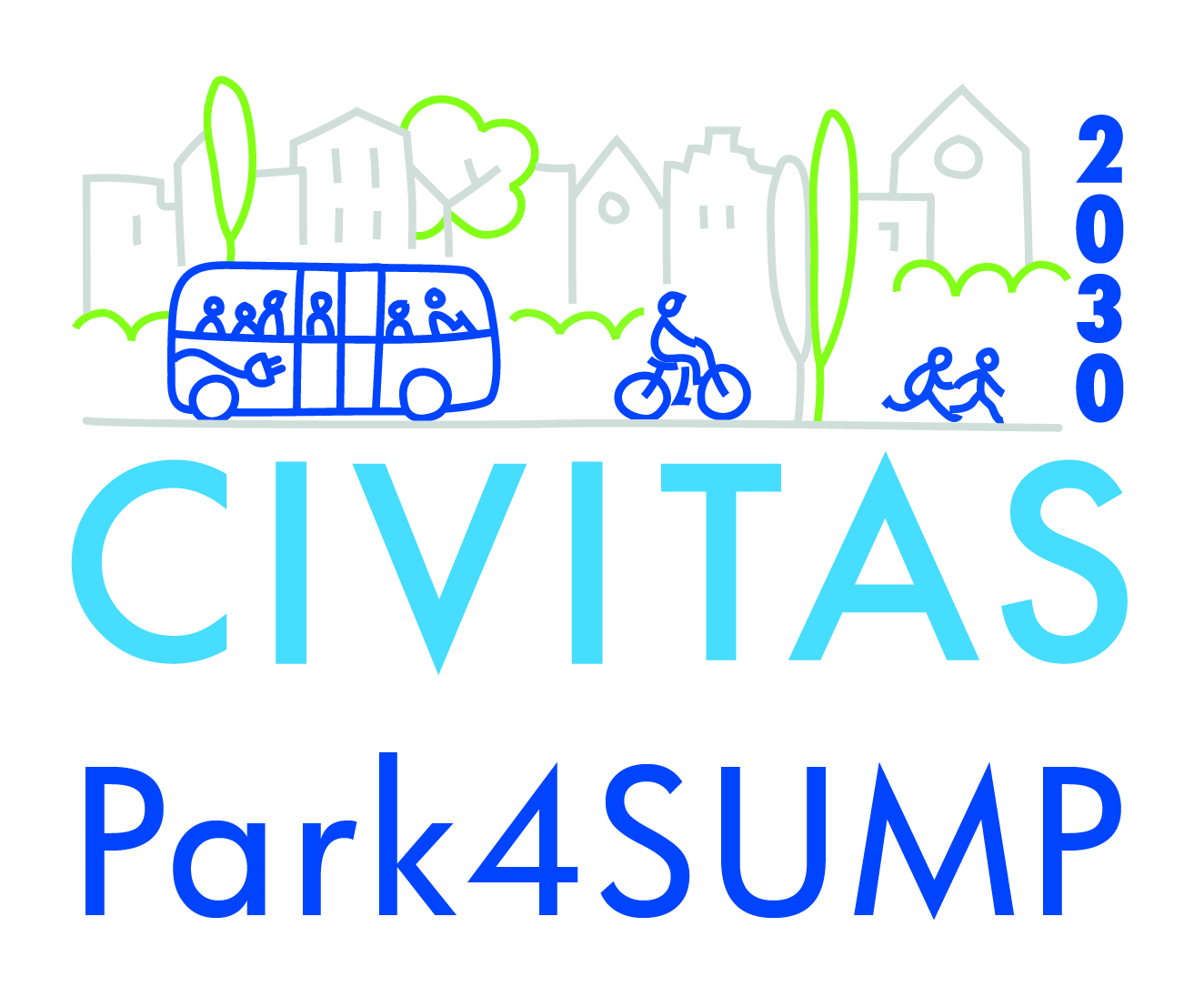Standards: minimum requirements and maximum allowances

Parking standards for new development regulate how much parking is built for new buildings (either housing, economic or social functions). Most countries have minimum requirements (e.g. for residential areas at least one parking space per household), and developers can build more parking if they want. Such minimum requirements can push up the cost of buildings and/or create urban areas that are dominated by (on street) car parking – leading to space for cars, not for people.
Alternatives are maximum car parking allowances – limiting how much parking is provided in new buildings (e.g. not more than 0.8 parking spaces per household) - or tradable parking rights. Reducing parking requirements and setting maximum allowances frees up more land for green space and makes houses and flats cheaper to build and more affordable to buy / rent, whilst having a real impact on how people choose to travel, certainly when combined with promoting alternatives (e.g. neighborhood car sharing)
Experience shows that parking standards are a contested issue and final legal decisions can take a long time. If a city does not manage to make a final legal decision on parking standards within the lifetime of the project, they will at least start a process of discussion on maximum allowances or reducing minimum requirements and aim to implement a pilot project.
